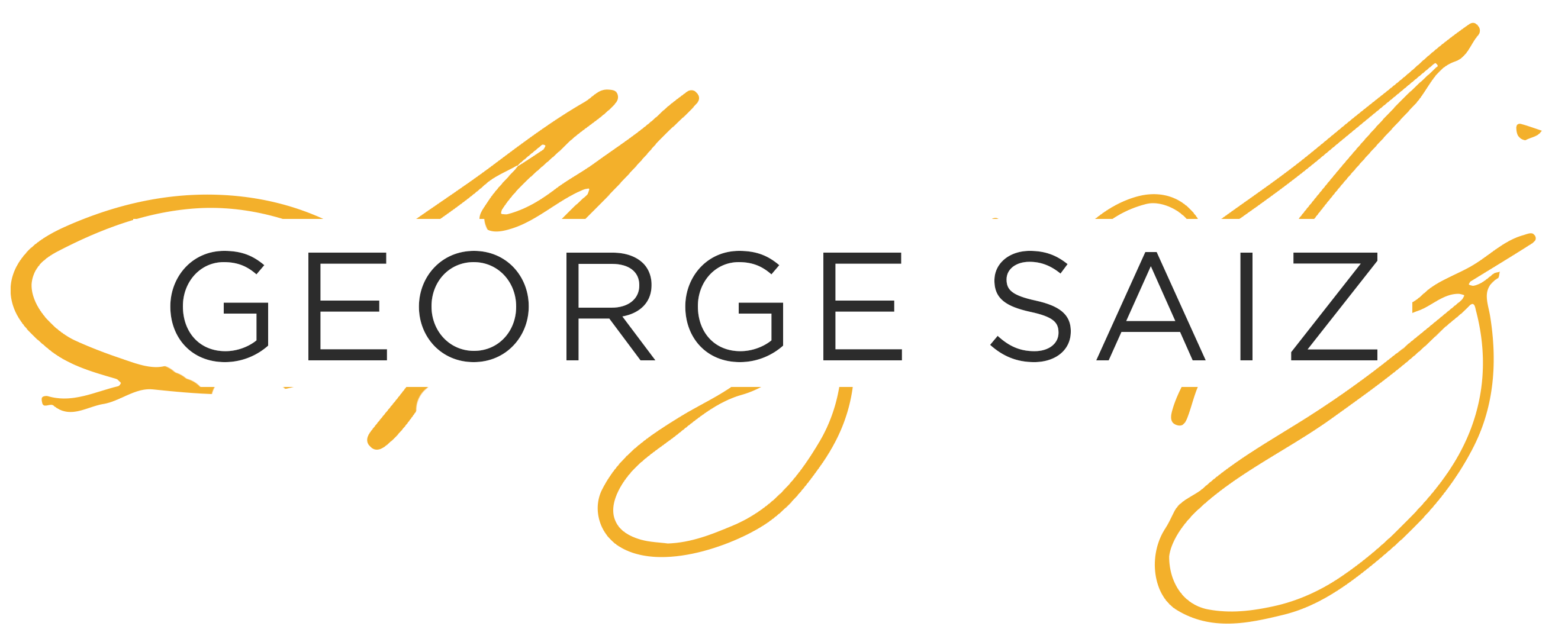The journey down the continuous improvement turnpike is fueled by a combination of tools and people. One aspect of continuous improvement that is evaluated through the AME Lean Sensei® is the participation level of employees in continuous improvement across the general population of the company. In other words, is the continuous improvement journey a small car with a solo driver or is it a bus full of contributors picking up new members along the way?
As we evaluate the participation level, there are three important elements to consider. Are your employees equipped, are they empowered, and are they engaged? Let’s take equipping first. The goal of equipping is to teach employees how to use continuous improvement tools, so they become both competent and confident in their usage. Competence speaks to the basic instructions of how the tools work and the potential results of using them. But that doesn’t guarantee that our employees will actually use the newly learned tools on a daily basis; they also have to be confident in using these tools.
An example I can share from my experience involves A3 training. We provided our employees with training on the A3 problem-solving tool, including the basics of root-cause analysis and our approach to using the DMAIC improvement process. But the rubber met the road when we held workshops where employees brought a problem that they were trying to solve to the class and had the opportunity to practice using the A3 problem-solving tool. At the end of the workshop, if participants were not both competent and confident, they received additional coaching and opportunities to try it again until they were. Once certified by their supervisor that they met both criteria, they were out on the highway and the deployment success rate was quite high.
The next element is empowering our employees— providing them the opportunity to improve. Being empowered to improve is a function of both time and the environment. Do you provide a specific time for your employees to use the lean tools or are they expected to incorporate their use into their daily work? There is a case for the latter, but real opportunities for adopting continuous improvement practices and achieving the accompanying mindset occur when you provide your employees with routine time to focus on making improvements—weekly, if not daily. When your employees see your commitment to continuous improvement, their commitment rises to meet that. On the environment side, try to create an environment where employees can work to their highest potential and where improvement is celebrated. Once you give your team the time and environment in which to improve, you will be surprised by the return you will get on that investment.
The third element is engagement. With this, we want to foster the desire to improve in our employees. Engagement is driven by leadership; within AME, we call it people-centric leadership. It is defined as developing a culture where every day everyone goes home fulfilled by pursuing excellence and where everybody flourishes. The goal of this element is to achieve employee commitment, not just compliance. Compliance will yield some improvement, but we will need employee commitment to continuous improvement to truly transform our companies.
As you go forward on your journey, consider these three elements: equipping employees with the lean tools by coaching them to become competent and confident, empowering employees by providing the time and the environment to improve, and engaging employees through a people-centric culture that results in commitment to continuous improvement. Then buy a big bus!
George Saiz is the former (retired) President and CEO of Association for Manufacturing Excellence.

